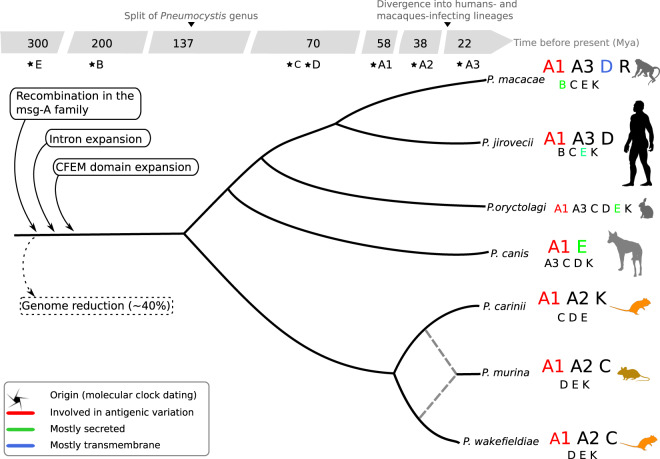Fig. 6. Overview of the genomic evolution of the Pneumocystis genus.
Gene families are represented by letters: A to E for the five families of major surface glycoproteins (Msg) with the A family being further subdivided into three subfamilies A1, A2, and A3; K and R for kexins and arginine-glycine rich proteins, respectively. Larger fonts indicate expansions as inferred by maximum likelihood phylogenetic trees and networks. Dashed lines represent ancient hybridization between P. carinii and P. wakefieldiae. Detailed analysis also reveals distinct phylogenetic clusters within subfamilies. Introns and CFEM (common in fungal extracellular membrane) domains are enriched in Pneumocystis genes which indicate that these elements were likely present in the most recent common ancestor of Pneumocystis species. Animal icons were obtained from http://phylopic.org under creative commons licenses https://creativecommons.org/licenses/by/3.0/: mouse (Anthony Caravaggi; license CC BY-NC-SA 3.0); dog (Sam Fraser-Smith and vectorized by T. Michael Keesey; license CC BY 3.0), rabbit (by Anthony Caravaggi; license CC BY-NC-SA 3.0), and rat (by Rebecca Groom; license CC BY-NC-SA 3.0). Icons original black color background were modified to gray and orange colors.

